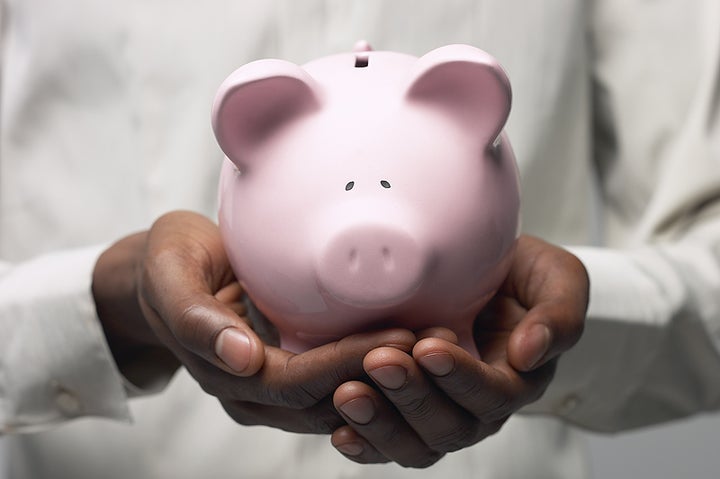Health care spending in the United States has always been a hot topic. Nearly every administration has struggled with promises of more affordable health care, greater choice and better quality. To make good on these promises, we need to spend less on treating disease and start spending more on preventing it.
According to a recent report, we spent $2.9 trillion dollars on health care in 2013—that’s 17 percent of total economic activity as a nation. The two conditions that accounted for the highest health care spending were diabetes and heart disease. Kidney disease (CKD), which is associated with both diabetes and heart disease, amounted to $13.5 billion in total healthcare spending. However, this study only included people diagnosed with CKD, but did not include kidney failure or undiagnosed CKD. Another source* for all stages of kidney disease including kidney failure found total Medicare expenditures to be nearly $103 billion in 2014. Approximately $70 billion of the total expenditures was spent caring for those diagnosed with CKD who did not have kidney failure.

What if our government was spending money in ways that contributed to those high cost conditions? The U.S. Department of Agriculture recently released a report showing that as much as 21.7 percent of all food stamps purchases were used to buy items in four categories: sweetened beverages, prepared desserts, salty snacks, and candy. Even more interesting, 18.8 percent of all non-food stamp purchases were used for these four items. This means that purchases of high-calorie, non-essential nutrition items are common in both poor and more affluent households. In many states (including my own state of Nebraska) these items are called food and are exempt from sales tax. The taxpayer is paying for food stamps and supports the sales of these items by not subjecting them to sales tax. Hence, governmental subsidies are encouraging the purchase of these high calorie items that are known to contribute to our obesity epidemic which drives up the incidence of diabetes and heart disease.
The least expensive way to provide health care is to prevent chronic disease in the first place. This is commonly done by public health agencies that provide programs and interventions aimed at prevention. In 2013, the U.S. government public health spending was 2.8 percent of total health care spending. This was spent on such diseases as HIV/AIDS, respiratory tract infections, and diarrheal diseases.
It seems to me that if we could stop government support of non-essential, high calorie purchases, we would end up saving government dollars and perhaps prevent chronic disease. The new administration should look for ways to spend tax dollars wisely.
For more information about CKD, visit www.kidney.org.
*Reference: United States Renal Data System. 2016 USRDS annual data report: Epidemiology of kidney disease in the United States. National Institutes of Health, National Institute of Diabetes and Digestive and Kidney Diseases, Bethesda, MD, 2016.
